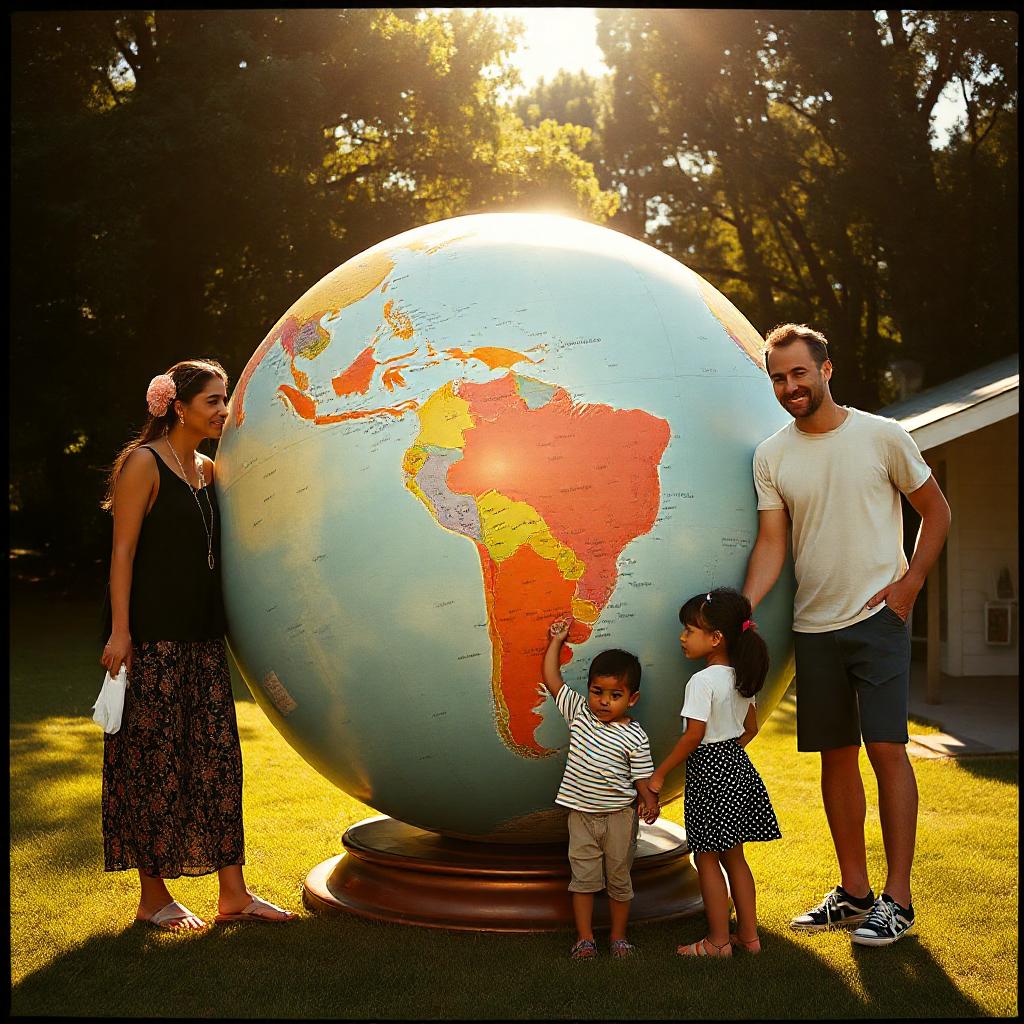
In the ever-evolving landscape of our modern world, the rapid advancement of technology has revolutionized nearly every aspect of our lives. From the way we communicate to the way we consume information, digital media has become a central force in shaping modern society. But beyond its impact on daily activities, digital media has greatly affected cultural practices and social structures, transforming how we interact with our heritage, how we form communities and how we navigate social hierarchies.
Digital Media and Cultural Practices:
Preservation of Heritage
Digital media has revolutionized the preservation and dissemination of cultural heritage. Museums, libraries and cultural institutions are increasingly digitizing their collections, making them accessible to a global audience. Projects like Google Arts & Culture allow users to explore artworks, historical artifacts and cultural landmarks from their own homes. This freedom of access not only helps preserve endangered cultural practices but also educates a broader audience about diverse cultures.
Transformation Through Social Media
Social media platforms like Instagram, TikTok, and YouTube are not just tools for communication but have become arenas for the creation and transformation of cultural practices. Trends, memes and viral challenges spread rapidly, often leading to the evolution of traditional customs. For example, traditional dances and recipes are adapted and shared globally, leading to hybrid forms that blend cultural heritage with contemporary influences.
This shift has led to a more interconnected world where cultural exchange occurs at an unprecedented rate. Traditional forms of communication, such as face-to-face interactions and written letters, are being replaced by emojis, gifs and memes which often transcend language barriers and emphasize visual expression.
This evolution in communication has also changed the way cultural narratives are constructed and shared. Communities can now tell their stories and share their traditions digitally, allowing for greater visibility and representation of diverse cultures.
2. Social Structures in Flux
New Forms of Community
Digital media has redefined the concept of community. Online platforms enable individuals to connect with like-minded people across geographical boundaries, forming what sociologists call “online tribes.” These virtual communities often revolve around shared interests, identities, or causes, transcending traditional social and cultural boundaries. For example, fandoms, support groups and activist networks leverage digital media to organize, mobilize and advocate for various issues, reshaping the traditional notions of community and belonging.
Disruption of Social Hierarchies
The rise of digital media has also challenged traditional social hierarchies. Platforms like Twitter and YouTube give individuals a voice and a platform to influence public discourse, bypassing traditional gatekeepers like media conglomerates and institutions. This shift has democratized information dissemination and given rise to grassroots movements and citizen journalism. However, it also brings challenges, such as the spread of misinformation and the need for digital literacy to navigate the complex media landscape effectively.
3. Shaping Cultural Identity
Digital media plays a crucial role in shaping individual and collective identities. Online platforms allow users to curate their personas, choosing how they want to be perceived by others. This ability to craft an identity can be liberating, especially for marginalized groups seeking to express their cultural heritage. However, it can also lead to the phenomenon of “performative identity,” where individuals feel pressured to conform to certain trends or ideals to gain acceptance or visibility.
Moreover, the constant exposure to global cultures through digital media can create a blend of cultural practices, leading to hybrid identities. While this fusion can enrich personal and collective experiences, it can also challenge the preservation of traditional practices, as younger generations may gravitate toward more dominant global trends rather than their ancestral customs.
4. Transforming Cultural Practices
The way cultural practices are enacted and experienced has also been reshaped by digital media. Traditional rituals, celebrations, and art forms are increasingly being adapted for online platforms. For instance, virtual ceremonies, online art exhibitions, and digital music festivals have emerged as alternatives to in-person events, allowing broader participation but also prompting debates about the authenticity and significance of these experiences.
Furthermore, the rise of influencers and content creators has transformed the landscape of cultural production. Individuals can now share their cultural practices with vast audiences, challenging traditional gatekeeping in fields like art, fashion, and cuisine. This shift has democratized cultural production, allowing for a more diverse range of voices and expressions, but it also raises questions about commercialization and the commercialization of culture.
5. Balancing Tradition and Innovation
As digital media continues to evolve, finding a balance between preserving cultural traditions and embracing innovation will be essential. Cultural institutions, communities and individuals must navigate this landscape thoughtfully, ensuring that digital advancements enrich rather than undermine cultural practices. By fostering digital literacy, supporting equitable access to technology and encouraging respectful engagement with cultural heritage, we can harness the power of digital media to enhance rather than diminish our collective cultural experience.
Conclusion
Digital media’s impact on cultural practices and social structures is profound and ongoing. As we navigate this digital age, it is essential to recognize both the opportunities and challenges that accompany these changes. While digital media can foster greater connection, representation and participation, it also necessitates critical reflection on issues of authenticity, access, and power dynamics. By understanding the interplay between digital media and culture, we can better appreciate the complexities of our shared human experience in an increasingly interconnected world.










